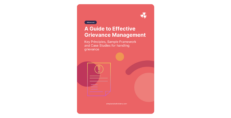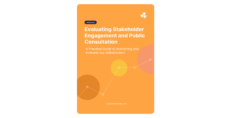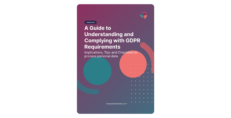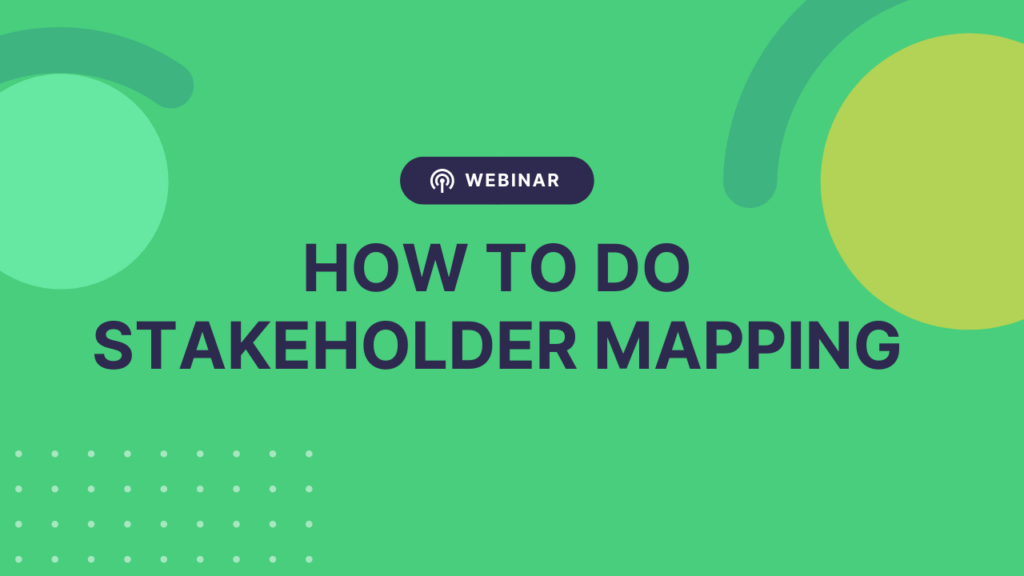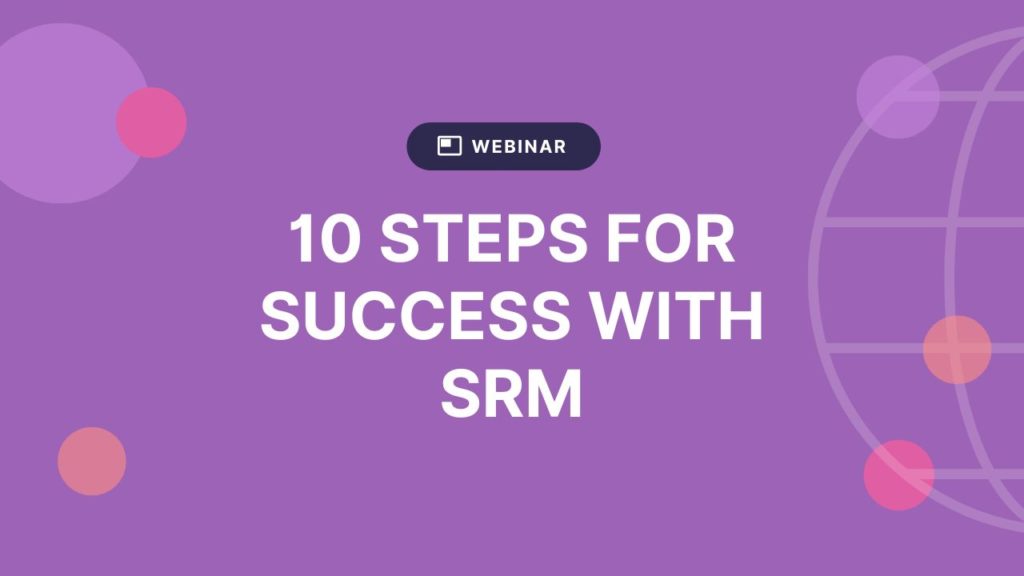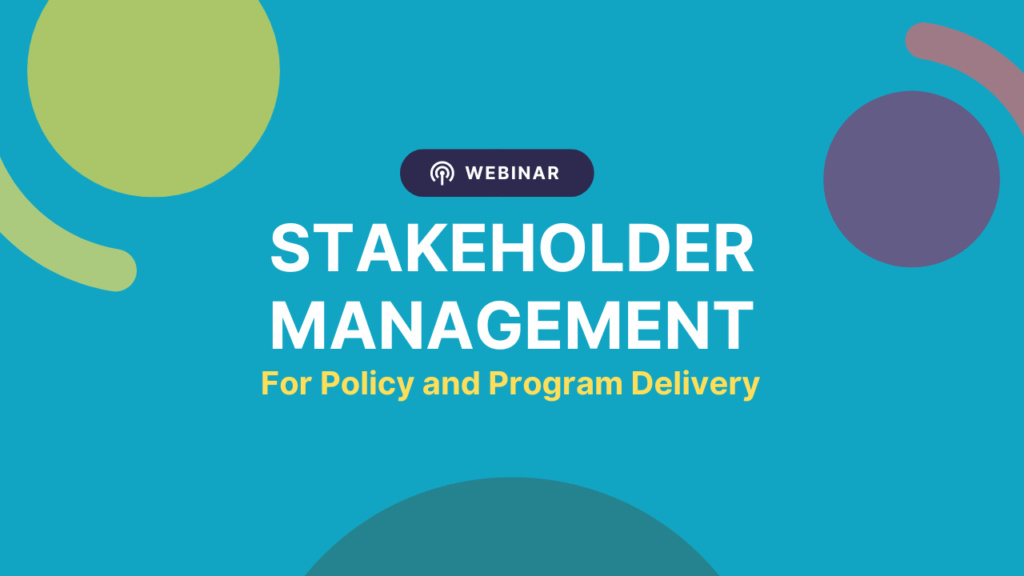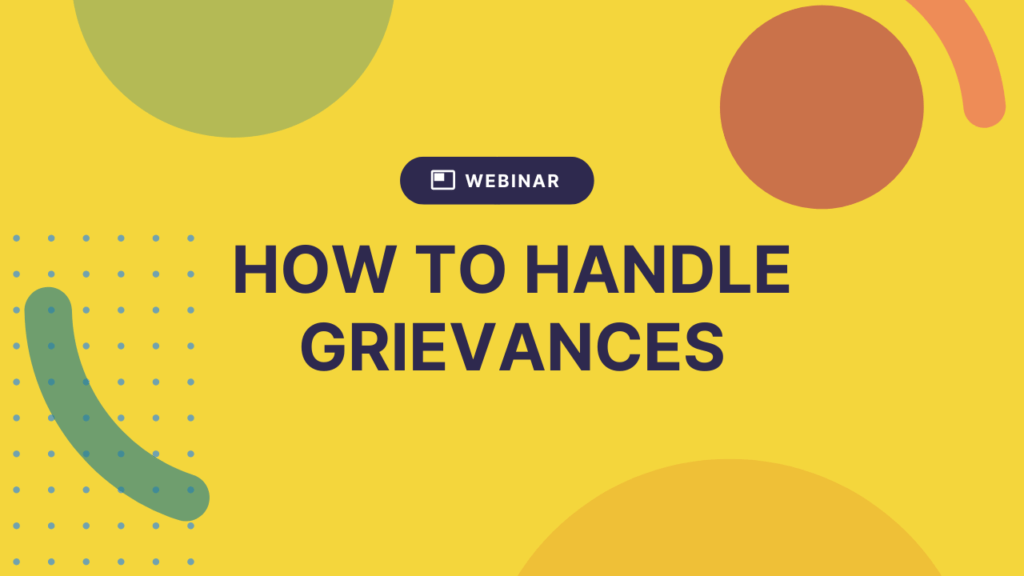What is civic engagement? Definitions, examples, how tos, and more

Curious about what civic engagement means and how it’s different to other types of engagement? We’ve put together some popular civic engagement definitions below, before digging deeper into who does it, what it looks like and how to get started.
What is civic engagement?
Let’s start with a civic engagement definition. Easier said than done because there is no single, widely agreed-upon meaning for the term.
Depending on where your organisation is based, you might interchange “civic engagement” for terms such as community engagement, public participation or community consultation. Or all those labels might mean slightly different things for you.
For this article, we’ll define civic engagement as a form of stakeholder engagement that focuses on participation in either political activities, community activities or both.
Why practice civic engagement?
Civic engagement comes with many benefits and is in the best interests of the community. Here are some of the reasons why it’s worth investing in:
- Improved relationships – Engaged community members develop stronger connections with one another
- Increased social cohesion – Community members develop a sense of trust, belonging and reciprocity
- Improved community – Engaged people actively work to improve their community and care for it through volunteering, education and other activities
- Better education – Engaged citizens are more likely to read and discuss the news and share information with others
- Greater understanding – The right civic engagement opportunities can help keep the community informed about local events and opportunities
- Growth and development – Civic engagement can mean investing in community members with skills, information and motivation to contribute and make a difference
- Individual responsibility – It encourages individuals to see themselves as part of a wider community and feel responsible for contributing to and improving that community for the benefit of all
- Better quality of life – Community members can address their concerns and influence decisions to improve the quality of life for the community as a whole
- Better government – Civic engagement is essential for a functioning democratic government
On that last point – in order for democracy to succeed, it needs public participation. Civic engagement helps citizens to become aware of their community’s needs and how problems could be solved. This motivates them to become more involved in politics through voting, sharing their opinions and encouraging political actions that support their values.
Examples of civic engagement
Civic engagement is primarily focused on political and community related activities. Here are a few examples you might find in your local community…
Community groups and projects
- Clean-up programs like Clean Up Australia Day
- Food pantries like Foodbank
- Neighbourhood groups
Encouraging civic engagement through these groups might look like more sign ups, more people volunteering or more donations. Or members might represent their interests at council or community meetings.
Education groups
- School boards
- College or university groups
- College unions
Again, civic engagement in these instances might look like more memberships and more time spent volunteering. Or a community member may write to these groups to encourage action on or attention to a particular issue.
Advocacy groups
- Disability rights groups
- Homelessness advocacy services
- Animal rights groups and/or animal shelters
- Homeowners’ rights groups
Participation in these groups might include sharing their content and spreading their message online or offline. It might involve volunteering time and skills, writing to the media or local politician about current issues, or donating funds. Or even protesting about a local development they don’t want because of harm to local native animal populations or impact on local home values.
Government organisations
- Local state or federal member
- Public health organisations
- Public safety and emergency service providers
These groups might encourage civic participation in a number of ways. For example, a political party might encourage supporters to register and show up to vote. Or a public health or safety organisation might seek participation in an online survey about current issues or to propose a change in legislation.
What is civic engagement used for?
All of the above examples rely on or benefit from greater civic engagement and community participation. We’ve already touched on some of the benefits, but let’s dig a little deeper into some of the common goals behind civic engagement:
Greater inclusiveness and diversity
Because so many people groups are underrepresented in government, their issues are often missed or ignored when it comes to policy making. Civic engagement can shine a light on these areas to promote greater inclusiveness and policy making that fixes this issue.
Youth engagement
Studies show that the numbers of politically engaged youth are dropping. Civic engagement activities might focus on empowering young people to participate and have a say in their community and government.
Improved education
Part of civic engagement is ensuring voters and community members are more informed so that the community can make better decisions as a whole. This might include topics like how the local political system works, how to enrol to vote and how to cast your vote in an upcoming election.
Informing policy
An engaged community will share their perspectives and opinions and shape policy development. This ensures people at government level better understand the experience of community members.
How do I create a civic engagement plan?
If you’re ready to get started, it’s a good idea to make a plan. Here’s a framework you can follow for creating your civic engagement plan:
Purpose
Why is civic engagement needed? What problem needs resolving or what decision does the local government need to make?
Stakeholders
Who are the affected stakeholders and groups within the local community? Who is most affected? What groups do you need to pay special attention to in order to encourage inclusiveness and diversity?
Process
What decisions need to be made, or what areas are you going to focus on when engaging the community? What can and can’t the community influence? How much you want to engage certain community members (whether inform, consult or collaborate)?
Resources
What resources do you have available and how will you allocate them? For example, people, team members, volunteers, budget, tools and time.
Objectives
What outcomes do you want to achieve? How will you know you’ve been successful? For example, better decision making, stronger community relationships, better understanding within the community, better solutions to current issues. And what role do you want the community to play in the decision making process? How much and at what point do you want to see them participate?
Situation
What’s going on locally (and beyond) that will affect your engagement process? What current issues are of interest to the community and what’s affecting them? What are some key characteristics of the community (like demographics, financials, education, technology usage, etc.)?
Actions
What actions will you need to take and when? What engagement methods and tools will you use to communicate with stakeholders, collect data, collaborate and provide reports?
Analysis
What data will you need to collect to inform decisions? What data is needed so you can assess whether your civic engagement objectives have been met? How will you analyse and present this data?
Reporting
How will you report to community members so they know how they’ve impacted the process and decisions made?
How is civic engagement measured?
There are lots of different markers that indicate how engaged individuals and community members are. It’ll depend on your organisation, your project and your goals. You might look at:
- Whether more people are volunteering for community or political organisations
- How many people are registered voters
- How many votes are “donkey votes” vs real
- Whether there’s an increase in fund raising activities for charities or groups
- The number of active members in community groups
- Whether community members come together to solve problems
- Whether people participate in petitions
- Whether community members contact officials and media about local or political issues (and how often)
- How involved people are in local campaigns
- Whether community members display signs or stickers (like on their front lawn or car bumper) to show their political stance or opinion
What civic engagement tools can I use?
When you’re working with a large community group and/or a lot of different individuals, it’s a good idea to use tools and software to support your civic engagement processes.
The right tools can help you:
- Stay on top of tasks
- Keep track of key contacts, interactions and communications
- Organise meetings and events
- Collect feedback and data
- Track sentiment and trends
- Analyse data and produce reports
- Plus a whole range of other actions that help you implement your plan
Simply Stakeholders offers a smart choice for organisations that want powerful stakeholder engagement software with fast setup and an easy-to-use interface. We’ve got all the integrations and features you’d need for a small to medium sized civic engagement project. Or if you need something suited for a larger scale undertaking, we can recommend our sister product, Darzin.
What’s the best way to get started with civic engagement?
Now that you have a clear civic engagement definition, you can get started with your civic engagement plan.
Once you’ve got your plan in place, you’ll need to find the right tools and systems to support your civic engagement activities. Stakeholder management software (with all the right features) will help you stay on track with your plan, achieve your outcomes and increase civic engagement for your community or initiative.
Contact us if you have any questions about getting started with your civic engagement plan.










